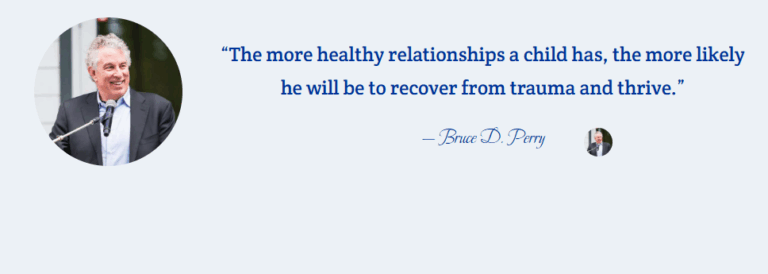How Emotional Suppression Blocks Both Pain and Joy
“When we build a wall to keep the pain out (or in), we also keep out the joy and the peace of mind that are achievable.” – Gabor Maté
Gabor Maté, a renowned physician and trauma expert, once said, “When we build a wall to keep the pain out (or in), we also keep out the joy and the peace of mind that are achievable.” This statement echoes a profound psychological reality: emotional suppression is not a selective process. In attempting to protect ourselves from emotional suffering, we often forfeit the full spectrum of human experience, including its most rewarding elements joy, connection, and inner peace.
At first glance, the concept of building emotional walls seems logical. Pain, after all, is something most humans naturally want to avoid. Whether it arises from loss, trauma, disappointment, or betrayal, emotional pain is often overwhelming and disruptive. To cope, many people adopt a strategy of emotional numbing erecting metaphorical walls to contain their suffering or prevent further injury. These walls may take the form of denial, emotional detachment, perfectionism, or compulsive behaviors designed to distract from inner turmoil. In the short term, these defenses can provide a sense of stability or control. However, as Maté rightly observes, they come at a cost.
Emotional walls are rarely intelligent architects. They do not distinguish between the emotions we deem negative and those we consider positive. When we shut out sadness, grief, or anger, we also dull our capacity to feel love, excitement, gratitude, and contentment. Over time, life behind these walls can become emotionally barren. People may find themselves unable to connect deeply with others, experience genuine happiness, or access a sense of meaning. The walls built to protect ultimately imprison.
From a psychological standpoint, the human brain and body are not designed for chronic emotional suppression. Neuroscience shows that unprocessed emotions do not simply disappear; they are stored in the body and nervous system. Suppressed pain can manifest physically as tension, fatigue, autoimmune issues or mentally, as anxiety, depression, or chronic dissatisfaction. Emotional repression interrupts the natural flow of our inner lives, impairing our ability to regulate emotions healthily and respond flexibly to challenges.
Moreover, when individuals push their pain deep inside, they often expend enormous energy maintaining the façade of composure. This emotional labor can drain mental resources and create a constant undercurrent of stress, which, ironically, amplifies suffering rather than reducing it. In trying to keep pain “in,” people may isolate themselves emotionally, reinforcing feelings of loneliness or alienation. In trying to keep pain “out,” they may become rigid, cynical, or emotionally unavailable, further distancing themselves from the very connections that could provide healing.
Gabor Maté’s work on trauma emphasizes that healing is not about avoiding pain but embracing it with compassion and curiosity. He argues that emotional pain is not an enemy but a messenger a signal that something within us needs attention, care, or expression. When we listen to our pain rather than shut it away, we begin to reclaim our full humanity. This process may be difficult and even uncomfortable, but it opens the door to authentic joy and lasting peace of mind.
Psychotherapy, mindfulness practices, and trauma-informed care are all paths that encourage the safe exploration of buried emotions. These approaches do not aim to eliminate pain but to help individuals process and integrate it in ways that foster growth and resilience. Importantly, they allow for the dismantling of the inner walls that have kept both pain and joy at bay. With support, people learn that it is not the feeling of pain that breaks them it is the isolation and silence that come from denying it.
On a broader societal level, we must also recognize how cultural narratives around emotional stoicism contribute to wall-building. Many cultures still associate vulnerability with weakness, particularly for men or for those in positions of power. These messages reinforce emotional repression and discourage the openness required for healing. When society equates strength with emotional suppression, it perpetuates a cycle of unresolved trauma and disconnection.
By contrast, emotional openness though often dismissed as fragile or unstable is actually a marker of psychological strength. It reflects a capacity for empathy, adaptability, and deep relational bonds. Individuals who allow themselves to feel fully are not overwhelmed by their emotions; rather, they become more attuned to themselves and to others. They cultivate a richer, more meaningful experience of life.
In conclusion, Gabor Maté’s insight reminds us that walls may provide temporary safety, but they rob us of long-term fulfillment. Pain is not something to be locked away, but something to be acknowledged, honored, and moved through. Only then can we access the joy and peace of mind that lie on the other side of suffering. The path to emotional wholeness is not paved with avoidance, but with courageous self-awareness and in choosing to feel, we open the door to healing.

Temitayo Olawunmi
Temitayo Olawunmi is a clinical psychologist in service to Arogi Trauma Care Foundation. She is solution-focused and result-driven. She has a strong passion for delivering exceptional customer service and ensuring clients satisfaction at every touchpoint.




